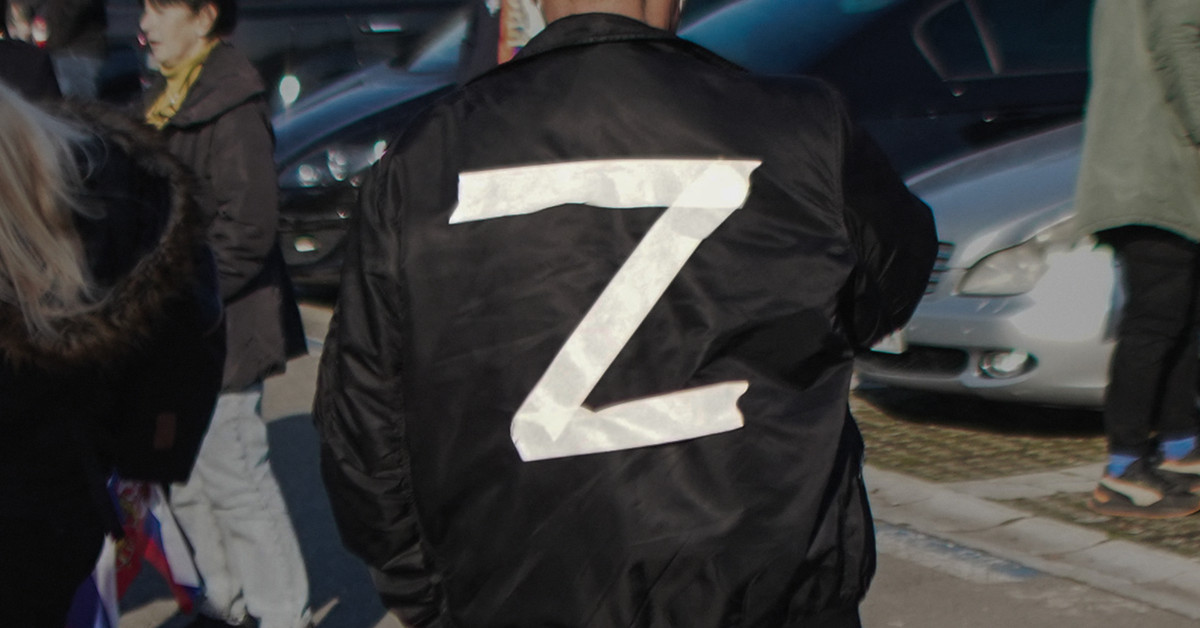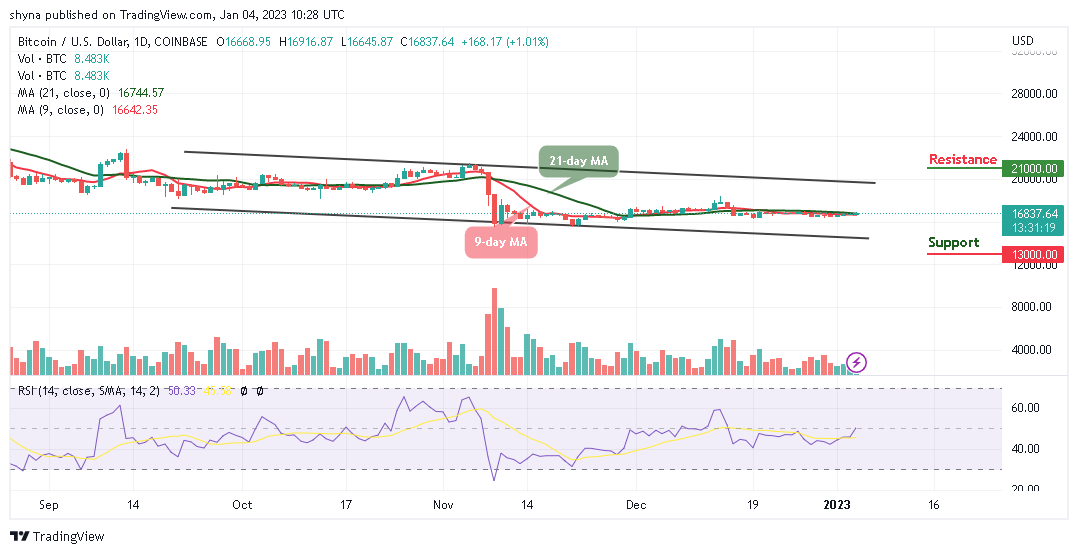Let’s say you live in India and are traveling to Singapore. In India, we use Indian Rupees (INR) while in Singapore they use Singapore Dollars (SGD). So you could convert some money from INR to SGD using a bank. Or you could use an international card that enables you to pay in SGD when you are in Singapore. This is simple in the world of banks but a lot more difficult in the world of blockchains.
Ethereum Mainnet and Terra are two independent blockchains. They have different rules and consensus mechanisms. The native token of Ethereum Mainnet is ETH while that of Terra is LUNA.
Now suppose that you have a bunch of LUNA on Terra, but want to use it on the Ethereum Mainnet. How do you do that?
That’s where a blockchain bridge comes into the picture. You could use the Terra Bridge to buy Wrapped Luna (WLUNA) which is an ERC-20 token native to the Ethereum Mainnet.
In simple terms, here’s how a typical bridge works:
It receives one type of crypto, for instance, LUNA. It locks this LUNA as a deposit. It ‘mints’ an equal amount of another cryptocurrency, like, Wrapped LUNA and releases it on another blockchain e.g. Ethereum Mainnet.
Trusted Versus Trustless Bridges
A ‘Trusted Bridge’ depends upon a central entity and you lose control of your cryptos when you use it.
A ‘Trustless Bridge’, on the other hand, operates using smart contracts and you remain in control of your cryptocurrencies.
The Top Ten Bridges
The top bridges and their Total Value Locked (TVL) are:
WBTC (WBTC): $11.19 billion (roughly Rs. 86,067 crore)
Multichain (MULTI): $5.07 billion (roughly Rs. 38,995 crore)
Portal: $4.18 billion (roughly Rs. 32,149 crore)
hBTC (hBTC): $1.54 billion (roughly Rs. 11,844 crore)
JustCryptos (JST): $1.2 billion (roughly Rs. 9,229 crore)
Terra Bridge: $1.08 billion (roughly Rs. 8,305 crore)
RenVM (REN): $928.46 million (roughly Rs. 7,139 crore)
cBridge (CELR): $749.69 million (roughly Rs. 5,765 crore)
ChainPort: $207.42 million (roughly Rs. 1,595 crore)
Allbridge (ABR): $207.25 million (roughly Rs. 1,593 crore)
(Source: defillama.com)
Hacking Bridges
Because bridges hold a ton of crypto assets, they are juicy targets for hackers. And, because writing the code for bridges is insanely complex, hackers are having a field day plundering them.
When a bridge gets attacked, the hacker withdraws crypto from one side of the bridge, e.g. Wrapped LUNA, without depositing anything on the other side e.g. LUNA.
One of the biggest crypto attacks took place in March 2022 when the Ronin bridge, built for Axie Infinity, was hacked for $625 million (roughly Rs. 4,729 crore) in ETH and USDC.
Ronin worked ‘off-chain’ — it interfaced with the blockchain but existed on external servers that were not a part of the blockchain. It relied on nine validator nodes, of which five nodes were needed to validate transactions. The hackers exploited code vulnerabilities and also used social engineering.
Another major Bridge hack targeted Wormhole which supports six blockchains — Terra, Solana, Ethereum, Binance Smart Chain, Avalanche, and Polygon. The cost of the hack was $322 million (roughly Rs. 2,410 crore).
Rohas Nagpal is the author of the Future Money Playbook and Chief Blockchain Architect at the Wrapped Asset Project. He is also an amateur boxer and a retired hacker. You can follow him on LinkedIn.
Cryptocurrency is an unregulated digital currency, not a legal tender and subject to market risks. The information provided in the article is not intended to be and does not constitute financial advice, trading advice or any other advice or recommendation of any sort offered or endorsed by NDTV. NDTV shall not be responsible for any loss arising from any investment based on any perceived recommendation, forecast or any other information contained in the article.
















